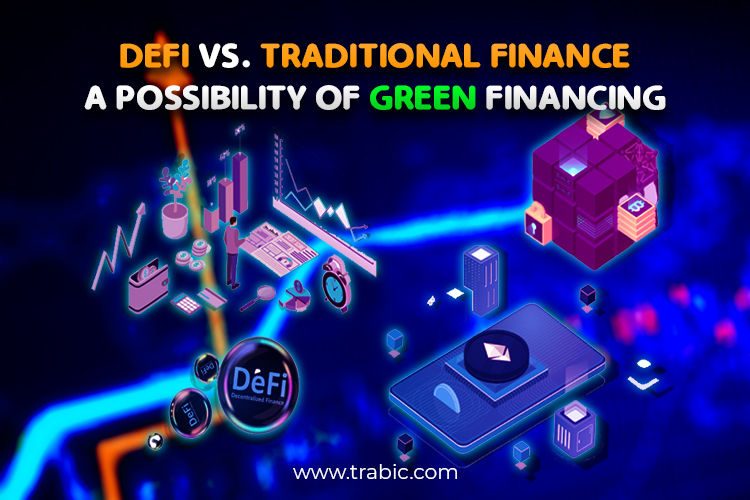DeFi (Decentralized finance) Decentralized traditional finance can thrive parallel to financing renewable energy and other pressing needs, but there must be clear standards and rules. The crypto industry is at the midpoint of crypto winter. Tokens such as Bitcoin and Ethereum’s Ether have lost three-quarters of their, and central cryptocurrency lending and investment companies have gone bankrupt.
However, traditional finance, or cryptocurrencies, and the DeFi (decentralized finance) community refer to the old guards of finance and economics, is wintry even in TradFi. We have the most increased inflation in 40 years, wars that have smashed the international monetary system, energy and commodity crises sowing famine and political instability, and record temperatures that expose a drastic lack of investment to combat climate change. In reality, both sides need each other. If they gain mainstream adoption, DeFi and crypto will require consolidating some regulatory and self-regulatory approaches that have obtained functional stability for TradFi. There is also an urgent need to explore DeFi and crypto solutions to many problems.
How are decentralized energy and decentralized finance different?
One area of focus is the highly centralized energy industry. Consider negotiations with Saudi Arabia’s Crown Prince Mohammed bin Salman to counter rising oil production and global price spikes after Russia invades Ukraine. That world leaders must serve the interests of the only unelected human being to solve an economic crisis that affects all 8 billion people epitomizes the problem of centralization. Another prominent example: Germany’s dependence on Russian natural gas limits its ability to impose sanctions on the Kremlin.
Alternatively, Colonial shut down its pipeline last year when ransom-demanding hackers exploited that his 60 million people depend on pipeline gasoline. Moreover, one more thing: 2017’s Hurricane Maria left 90% of Puerto Ricans without power for months after several high-voltage power lines went down.
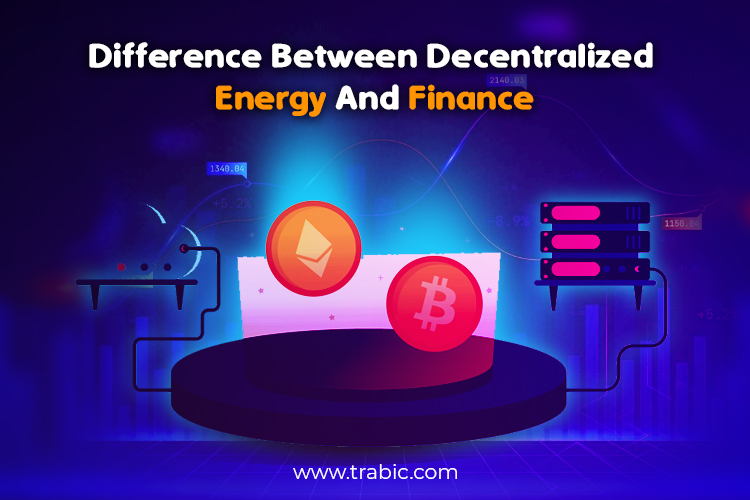
Vulnerability to external events, described by power system designers as a lack of “redundancy,” is just as valid as any other cause to advocate renewable energy in reaction to the climate situation. We must decentralize our energy model. Renewable energies, such as solar, geothermal, and wind, or waste heat and energy recycling, are the answer. They are locally sourced and can work on a wide range of scales.
It starts with recognizing that the world’s poor response to the energy crisis is not a technology failure but a financial failure. The Climate Policy Initiative evaluates that the world invested $632 billion in venturing into climate change in 2019-20, a figure that will exceed carbon emissions by 2050. That is well below the $4.5-5 trillion a year said to be needed to reach net zero.
Not without desire. Governments and businesses around the world are committing to ambitious carbon reduction targets. Investors need help finding enough projects that give them enough confidence in the promised returns and impacts. Most likely, two elements are required to be added. The first is reliable, rapidly actionable information to measure and predict outcomes. Second, where renewable energy is available, it is a sustainable and flexible source of user demand that makes renewable energy production economically viable. Both can be addressed by financial innovation fueled by the DeFi and cryptocurrency open-source developer community.
DeFi VS Traditional Finance
Essentially, the primary financial services offered within DeFi replicate traditional financial services within the crypto ecosystem in an unregulated and decentralized way. Defi’s most significant application provides credit services. For example, lending crypto assets against crypto collateral, facilitating automated trading of crypto assets against liquidity pools containing crypto assets or offering crypto or derivative investment services.
The prominent distinctive element is that these services are delivered without the leading intermediary. Additionally, many ancillary services are necessary to run a decentralized platform and stem from lacking a central intermediary. Examples include the storage and transfer of crypto assets via platform interfaces and the provision of information resources via so-called oracle services and blockchain bridges that aim to solve interoperability problems by bridging crypto assets from one network to another (e.g., wrapped bitcoin). Although these services are not directly required in traditional finance, some resemble functions provided by market infrastructures, such as custody and clearing and settlement activities.
DeFi features such as how crypto assets are held and how trust is generated, the openness and configurability of the system, and its governance structure distinguish it from traditional finance. The system is non-custodial because participants always have direct control over their digital assets without a centralized intermediary. Instead of relying on centralized and regulated intermediaries to create trust in the system, this is automated by code governed by predefined rules. These smart contracts execute transactions in a peer-to-peer fashion based on predetermined rules requiring little or no human oversight—for example, over-collateralization and smart contract margin requirements surrogate borrower credit risk assessment.
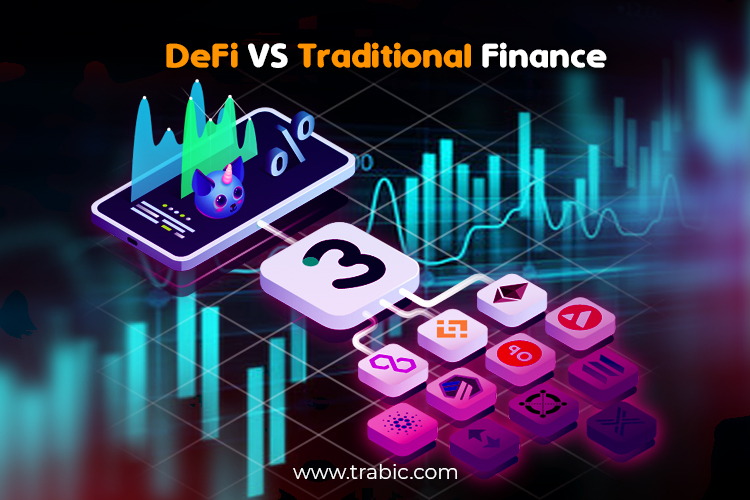
DeFi applications use open-source technology and are highly configurable. Various applications can then be combined to create new applications (provided they primarily use the identical blockchain). This is similar to using Lego blocks. However, this also adds complexity to the system as digital assets are recycled within various applications.
DeFi protocols or platforms claim to have decentralized governance structures, but governance is often centralized. Decentralized governance relies on governance tokens and voting rights through decentralized autonomous bodies. Governance Token holders can impact critical aspects of the protocol, like collateral conditions and asset eligibility.
In theory, governance rights can be controlled by numerous parties. However, at this stage, governance tokens are usually consolidated in the hands of developers, early investors, or holders with multiple balances. For example, 80% of the whole circulating supply of Uniswap’s governance token UNI is owned by the Uniswap team, early investors, and token holders with more than 1 million UNI balances. Furthermore, 1% of the total token holder addresses hold about 97% of the total governance token supply. So, although they claim to be decentralized, DeFi applications maintain a high level of centralization.
Possibility Of Green Financing
The potential for actionable information hinges on technology’s ability to transform data into instantly tradable assets. This results from automated, near-instantaneous peer-to-peer payments and the ability to define unique digital units of any size or value. Compared to the analog world of Green Bonds, the efficiency is potentially tremendous. Green bonds require layers of bureaucracy and are based on retroactive data that take months or even years to create and verify. Power plants with proven secure sensors and a blockchain-based tracking system can use cryptography to verify that they are producing renewable electricity and pass that information as a unique, one-time token.
In a DeFi environment, these tokens could become collateral for lenders. This model offers investors remote security by incorporating programmable stablecoins, cryptocurrencies, or central bank digital currencies. As governments and ESG-compliant companies increase demand for proven carbon-reducing assets, huge liquidity pools will form around these tokens, forming the deep capital markets needed to combat climate change. This technique could decrease financing costs for all kinds of projects. Imagine a secluded community in Rwanda creating a DeFi-funded solar microgrid to power a unique irrigation system.
And then there is the issue of demand. With economies of scale, imagine that Rwanda’s microgrid would need at least 2 megawatts of capacity to be financially viable, whereas a new irrigation system would only need 500 kilowatts. How will poor communities with meager power needs make up for the shortfall? The answer lies in Bitcoin. This may seem counterintuitive to those who have joined the current campaign to ban “profligate” proof-of-work mining in New York and other parts of the world.
In contrast to other users of Energy, Bitcoin mining is geo-agnostic. Miners work everywhere. Willing to absorb excess or wasted energy in the community as long as the price is low enough to remain profitable and competitive.

What is the cheapest form of energy? By definition, it is renewable energy. Cambridge Center for Alternative Finance has stated that 53% of the Bitcoin network runs on renewable energy, but miners are profit-seeking, not altruistic. With the price of Bitcoin plummeting and Intel’s new block-scale application-specific integrated circuits (ASICs) poised to spawn a plethora of cheap chips for miners, the presence of low-cost energy is critical for miners’ expansion. It will be a significant factor in planning.
As long as regulators do not prevent them from building relationships, renewable energy developers will find miners willing and valuable partners. They agreed in advance to large energy contracts to undertake the development of power plants dedicated to eradicating excess energy production during times of lower community consumption to smooth out the valleys and peaks of the grid. Mining can make the economics of power predictable and viable.
The remaining 47% of the Bitcoin network emits carbon. Mid-range estimates from the Cambridge Center for Alternative Finance indicate that the network currently consumes about 84 terawatts of electricity annually, representing approximately 0.38% of the world’s total consumption. This is because Bitcoin’s proof-of-work algorithm consumes a lot of energy. As such, proponents of proof-of-stake systems, which consume much less energy, advocate using digital assets such as non-fungible tokens. However, like it or not, Bitcoin is not going away. Once mining is banned in one place, it will simply move, like in 2021 when a ban in China forced much of the industry to move to the US, Kazakhstan, and elsewhere.
If Bitcoin’s existence cannot be regulated, the aim is to either direct it toward renewable resources or away from fossil fuel sources. It is time for wise energy policy to remove subsidies to dirty power plants and encourage Bitcoin miners to provide long-term funding commitments to renewable providers at community minimum capacity thresholds. The goal here is not just the expansion of renewable energy but decentralization. Let us not follow the lead of El Salvador, which mines bitcoin at government-owned geothermal power plants and keeps the proceeds for itself. Instead, developing countries should encourage partnerships between miners and community-based solar microgrids to spread the wealth and generate capacity to achieve social goals and grid redundancy.
DeFi Risks
DeFi is subject to similar vulnerabilities understood to traditional finance, which specific features of DeFi may amplify. These risks arise from excessive leverage and risk-taking, liquidity mismatches, and interconnectedness. Like its conventional counterparts, DeFi lending is subject to market, liquidity, and credit risk and can exacerbate procyclicality due to leverage. The interconnectivity within DeFi and other parts of the crypto ecosystem can further amplify any pain. DeFi can be susceptible to materializing risk in stablecoins and spillovers from intense price swings in unbacked crypto assets.
Current developments linked to the crash of the stablecoin TerraUSD demonstrate these exposures, as the associated DeFi protocol anchor essentially collapsed. The interconnectivity within DeFi systems poses an additional risk that tokens from one protocol are often used across other protocols, all linked via smart contracts. It is automatically executed when predefined conditions are met, even if it is better not to do so under current market conditions. Therefore, if intelligent contracts bear on the position of traditional market infrastructures, like exchanges or central counterparties, it could have a strong ripple effect across the DeFi system as intelligent contracts continue to run and cannot be stopped.
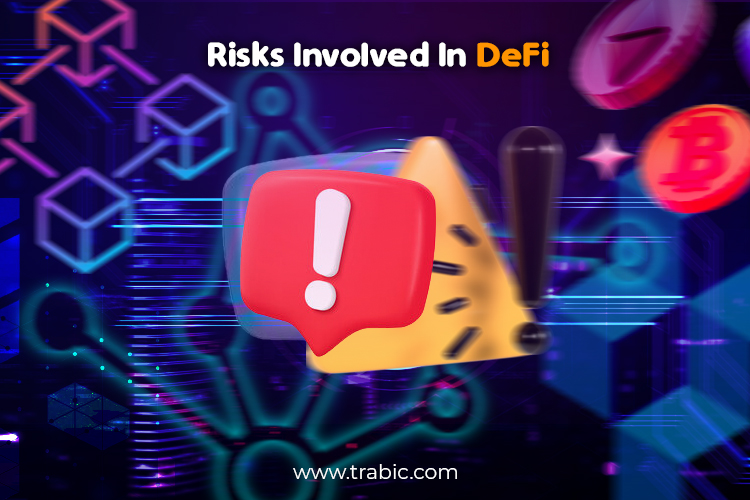
New risks inherent in DeFi, such as operational and governance risks stemming from the underlying technology, are increasing as DeFi expands. Susceptibility to operational risk is explicitly challenging for users because of the irreversibility of transactions on blockchains and the absence of potential recourse in the lack of a central authority. Bugs in the code (either erroneous or intentional) can also be used to embezzle participants’ funds. With his recent growth in DeFi, so has the scale and frequency of his attacks.
During March 2022, general funds robbed by a DeFi attacker reached just under €1 billion, the same month his largest DeFi exploit ever occurred governance. The concentration of tokens and the consequent power to control the terms of the protocol poses governance risks. Collusion may exist, and other unfair practices or flaws in governance design may be exploited to hijack the protocol and its funding. For example, a DeFi project recently mislaid €167 million because of attackers’ usage of flash loans.
Rethinking Regulation
The cryptocurrency industry is acceptable. The sector’s recent financial crisis has highlighted the dangers of a speculative culture that has created unfettered leverage and fraud. Using anonymity to get ahead of the market through wash trading and other pump-and-dump scams is especially serious. We need more specific and more effective regulation. However, we should avoid applying the outdated regulatory model of existing centralized financial systems to decentralized crypto projects with vastly different capabilities. Reduce risk by using centralized solutions, for example, by holding a broad and leaderless group of open-source developers accountable to the users of the DeFi protocols they work on.
It may introduce risk rather than mitigate it. His three most significant culprits in the recent financial crisis are the centralized “CeFi” services Celsius, Voyager Digital, and Three Arrows Capital, and another considerable loss, the de facto Ponzi scheme called Terra Luna. His real-life DeFi projects like Aave and Compound have so far weathered this rigorous stress test very well.
However, DeFi has other significant risks as well. Crypto security firm Immunefi estimates that intelligent contract compromises and hacks cost him $670 million in the second quarter of 2022. For DeFi to gain new followers, users need stronger assurances that their funds are safe. The trick is to balance. Regulators should impose stricter fiduciary requirements on administrators of CeFi services. In contrast, you should treat it like a brokerage firm or any other regulated financial institution.
However, for DeFi operations, we must operate with the industry to design self-regulatory solutions that leverage our technological potencies and depend on decentralized structures. Ideas include
- Rxpanding “bug bounties” that reward developer for identifying and fixing incidents,
- Requiring regular software audits, and
- Conduct frequent stress testing of leverage and collateral models.
Above all, we need a consensus about what constitutes a decentralized system and whether projects trying to evolve in that direction are doing it right. This means that all stakeholders in both the DeFi and TradFi worlds must first decide on frameworks and standard vocabularies, then establish standards and rules. This is not easy, but it should be done. There are too many things at stake. The lack of a traditional centralized entry point for regulation and its opaque and anonymous nature creates challenges for policymakers regarding enforcement and effective regulation and oversight.
The nature of DeFi may facilitate regulatory arbitrage and fall outside the scope of law despite providing existing financial services. If a central entity does not control the DeFi protocol, or if such an entity cannot be identified, it is unclear to whom the regulation should apply.
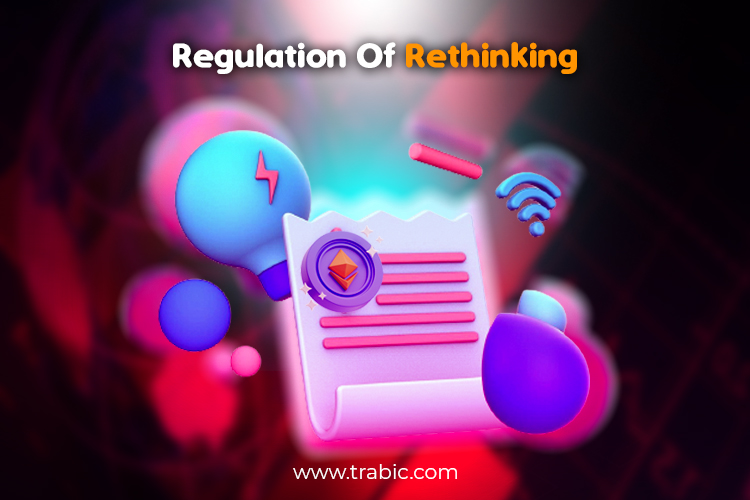
Some DeFi activities already fall under current EU financial law. Further action will require a careful analysis of DeFi, seeking better to disentangle the actual regulatory gaps from lack of enforcement and escape financial regulation through decentralization and opacity. Where regulatory gaps exist, innovative ways for DeFi to provide financial services will require innovative regulatory methods to close regulatory loopholes. In the absence of a central entity, consideration could be given to addressing the “intersection” of DeFi and centralized finance to regulate these new developments. DeFi protocols/code must be deployed, managed, and upgraded, requiring human intervention.
As a result, governance token holders, decentralized autonomous organizations, and platform developers may be brought into regulatory boundaries. DeFi may also require introducing technology-based regulatory systems, so-called embedded regulations.
As exposures start to assemble, an internationally harmonized procedure will be required to mitigate DeFi risks before they pose risks to financial stability. To date, mutual links with the traditional financial sector have been limited, but institutional interest has the potential to increase. Existing risk mitigation and protection within the DeFi system must be revised, requiring enforcement of existing rules and introducing potential regulatory measures to mitigate risks to financial stability. The first step involves identifying regulatory circumvention of existing regulations, where applicable, through appropriate legal action and enforcement. If regulatory gaps are detected, this will demand the identification and understanding of good entry points for regulation and the specification of needed regulatory standards.
The global nature of DeFi and its diversification of stakeholders requires international coordination to ensure a consistent approach. However, Defi’s evolution remains to be determined, given the unresolved issues around DeFi regulation, real economy use cases, and future scalability. For example, code could further fuel interest and growth for institutions and could adversely affect the viability of business models if the benefits of DeFi were negated.
